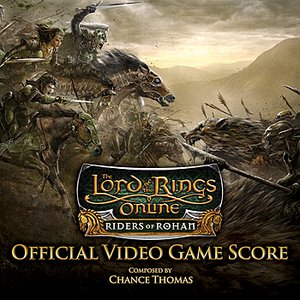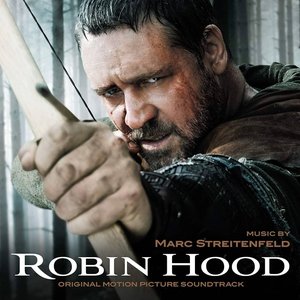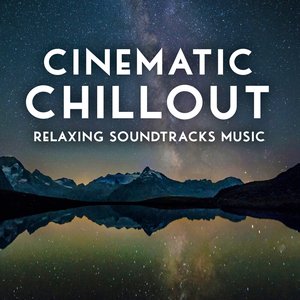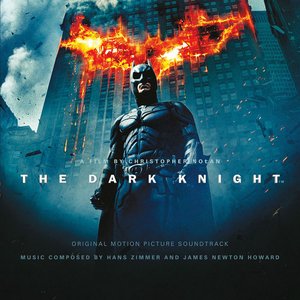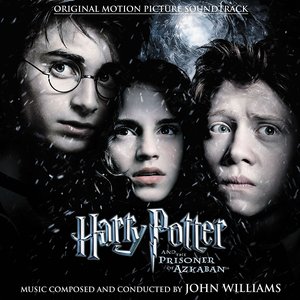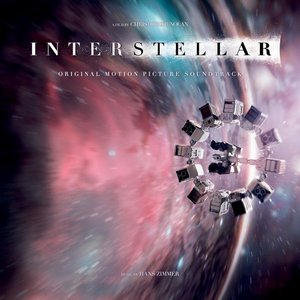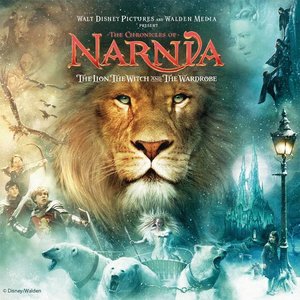Wiki
With a menacing growl, Khazad-dûm is transformed into an even less inviting environment. The Balrog has awoken. Shore’s all-male choir returns, now with the Maori grunters, performing the text of “The Balrog.” “It’s 60 men,” says Shore. “A choir of 50, and 10 grunters!” Here the composer begins forging an unrelenting dread, barreling from stark choral textures to a surging mass of overlapping tonalities—like a ritual gone horribly wrong. The Dark Places of the World figure debuts in the low brass, searing through the pyramids of howling dissonance.
The rising fifths of the Moria theme are further explored, spiked with syncopated rhythms unique to this sequence. “I was careful with that in the writing,” Shore remembers. “There are a just couple of times where I used that.” Throughout the score Peter Jackson and Howard Shore sought to maintain a primal sound to the music, so anything that smacked of a contemporary sound (including an over-reliance on syncopated rhythms) was strictly avoided. The tension in Moria is never built through flashy rhythmic figures, but through layers of sound—a kind of rigorously structured chaos that licks at the Fellowships’ heels.
Eight members of the Fellowship cross the bridge of Khazad-dûm as a crash of cymbals and one last triumphant reading of their theme congratulates them—but it is cut short. Gandalf and the Balrog face off at the bridge’s edge. With a crack of percussion (including bass drum and taiko) the two crush the structure and fall into the abyss below. The music pulls away from the action here to allow the audience to mourn the loss of Gandalf—a luxury for which the Fellowship has no time. “Peter takes all the sound out,” says Shore. “You just hear the music and the sound of the arrows hitting the rocks.” A four-chord dirge begins under soprano Mabel Faletolu’s voice. These are the four chords of Gandalf’s Farewells, a theme that, like the Wizard himself, will not return until later in the story.
TEXTS
THE BALROG
Text by Philippa Boyens
Khuzdûl Translation by David Salo
FIRST HEARD: DISC THREE | TRACK ONE
Ubzar ni kâmin | Deeper into the earth.
Aznân taburrudi | The dark grows heavy.
Iklal tanzifi bashukimâ | Cold snaps our bones.
Ubzar ni kâmin | Deeper into the earth.
gilim Sanzigil | There, the glint of Mithril
shakar ra udlag | sharp and far away.
Ubzar ni kâmin | Deeper into the earth.
Tada aklat gagin | That sound again
Ugrûd tashurrukimâ. | Dread surrounds us.
Maku kataklutimâ? | Can no one hear us?
Askad gabil | A great shadow
Tashfati ni azanân | Moves in the dark.
Kâmin takalladi! | The earth shakes!
Tabriki! Takarraki! | Cracks! Splits!
Maku zatansasimâ? | Will no one save us?!
Urus! " Fire!
Urus ni buzra! | Fire in the deep!
Arrâs talbabi fillumâ! | Flames lick our skin!
Ugrûd tashniki kurdumâ! | Fear rips our heart!
Lu! Lu! Lu! | No! No! No!
Urkhas tanakhi! | The demon comes!
PERFORMERS
VOCALISTS
MABEL FALETOLU
Listening Example: Disc Three | Track One | 6:05
When recording the Mines of Moria sequence for the 2001 Cannes preview, Shore and company used an entirely New Zealand-based assortment of performers, including soprano, Mabel Faletolu. Faletolu’s voice is heard in one of Fellowship’s most moving sequences, when Gandalf releases his grip and falls into the caverns of Moria.
INSTRUMENTS
THE DWARVES
The Dwarf culture saves little concern for effusiveness, so their music presents a rough, forceful sound that stresses open harmonies more than any specific instrumentation. Here again Shore stresses voices, the most basic producers of music.
In Moria, the vocal style is designed to express the most basic emotions of fight or flight through a male chorus and a most unique source…Football Players/Grunters Maori men’s voices created the perfect bass tones for Shore’s dwarf choir, but for the gruff grunting sounds the score called for, the composer turned to a less refined source: male football (or rugby) players. These vocalists performed the Dwarves chant of, “Lu! Lu! Lu!” or, “No! No! No!”
Listening Example: Disc Three | Track One | 0:04
THE ORCS
The Orcs’ unique instruments are particularly important to this base and uncivil race. Here Shore repre-
sents the ferocity and anger that melody would be far too eloquent to articulate. The Five Beat Pattern is
designed to showcase these joltingly sharp industrial tones of pounded metal and stretched skins.
TAIKO DRUM
Listening Example: Disc Two| Track Ten| 2:37
These ancient drums, which have been used in Japanese music for over a millennium, exist in four basic sizes. The rich, rumbling tone of the drum was associated with the power of the gods in traditional Japanese culture, and the drum was used on the battlefield to strike fear into the hearts of enemies. It serves much the same purpose in the music of the Orcs where its pounding, unforgiving tone represents their brutal force.
© The Annotated Score (The Music of The Lord of the Rings Films)
Track descriptions on Last.fm are editable by everyone. Feel free to contribute!
All user-contributed text on this page is available under the Creative Commons Attribution-ShareAlike License; additional terms may apply.



